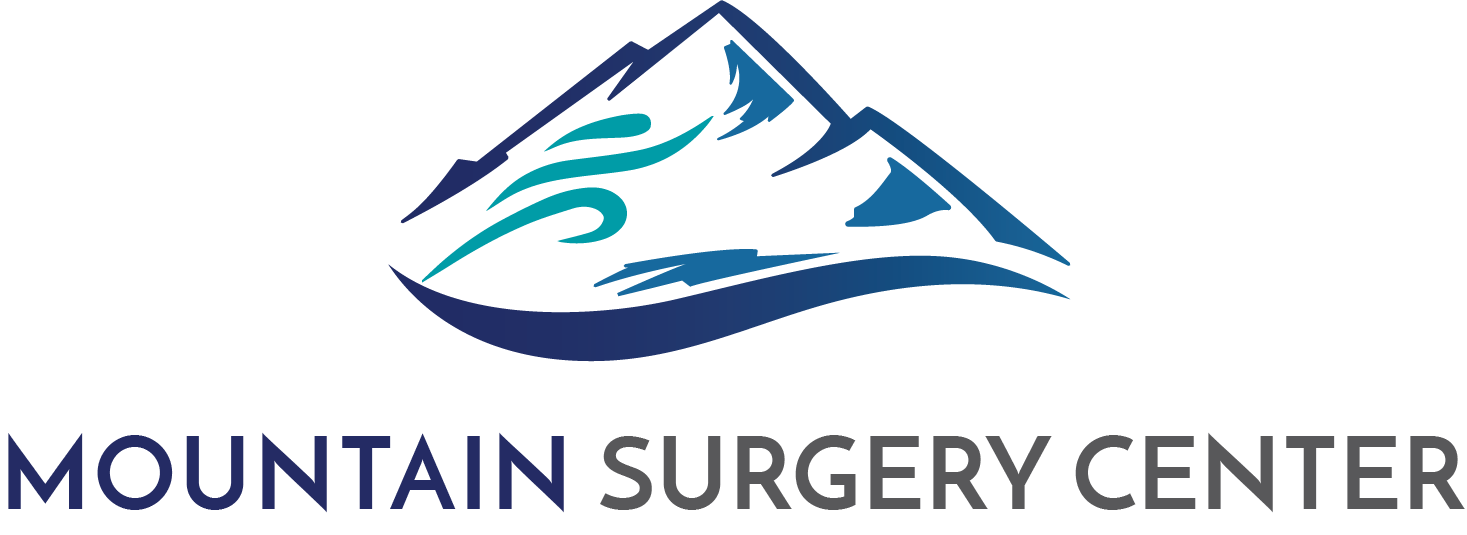Understanding Coccygectomies: From Procedure to Recovery
What is a Coccygectomy?
A coccygectomy may be considered for extreme and debilitating pain occurring in your tailbone - also known as the coccyx. The coccyx is located near the rectum and connected to your sacrum.
During a coccygectomy, your coccyx may be fully or partially removed in order to alleviate the patient's pain.
How is a Coccygectomy Performed?
At MSC, we focus on using cutting-edge research and technology. We specialize in minimally invasive techniques.
The minimally invasive technique for this procedure also called a percutaneous coccygectomy, is a less invasive alternative to the open technique. A small incision is made in the skin over the coccyx and the coccyx is removed using special instruments.
Why Might a Coccygectomy Be Required and What is The Recovery Period?
Coccygectomy procedures are extremely rare and not commonly performed unless a patient is experiencing chronic pain and has exhausted all other treatments. The reason behind the rareness of this procedure is because of the painful recovery period as the location of the coccyx is uncomfortable and inconvenient for various daily activities such as laying down, going to the bathroom, and so forth.
The recovery time varies depending on the individual and the severity of the case - the need for full or partial removal of the coccyx.
However, healing can range anywhere from weeks to several months depending on the patient. Procedures at Mountain Surgery Center are minimally invasive. This allows the patient to leave our surgery center on the day of surgery and provides them with the ability to heal in the comfort of their own home.
Managing Pain and Discomfort during Recovery
When undergoing any procedure it is often stressful to worry about the pain that comes along with recovery periods. At MSC, we take pride in offering our patients quality healthcare that they can trust and be confident in.
Here are a few tips for your post-coccygectomy recovery:
Take pain medication as prescribed by your physician
Apply ice or heat to the affected area as recommended by your physician
Support your lower body when sitting by using a cushion or pillow.
Take frequent breaks when sitting or standing for long periods of time.
Gentle exercise and physical therapy as directed by your physician can help improve flexibility and strength in the affected area.
Avoid any strenuous activities or lifting heavy objects until cleared by your physician
Follow proper hygiene and rest as directed by your physician and keep the surgical area clean and dry.
Follow any other instructions provided by your physician, including instructions on when to follow-up, up, and when to start physical therapy.
How Long Will the Effects of The Procedure Last?
Pain relief can be permanent if the underlying problem is addressed and corrected during surgery. You can depend on our world-renowned physicians to provide you with the best care for your health and pain.
At Mountain Surgery Center, we are committed to providing our patients with excellence in healthcare. If you or a loved one is experiencing extreme tailbone pain - give our center a call at (973) 736-3390 or email us at frontdesk@surgeryctr.com.



